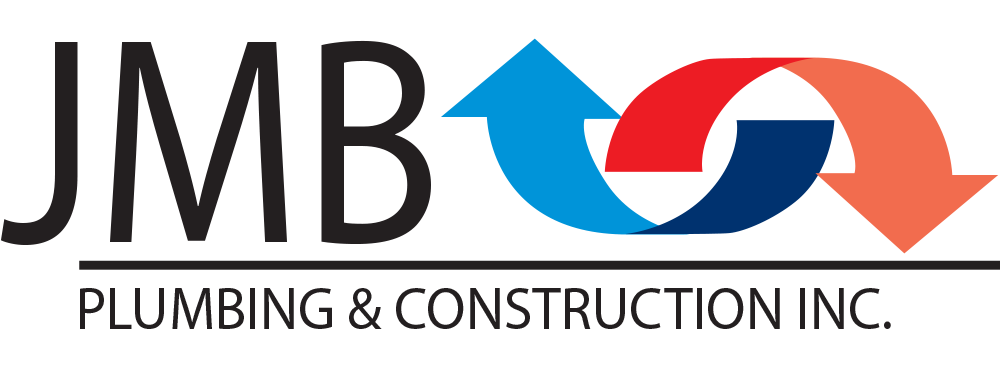Heating & Cooling
Heating & Cooling - The Different Types of Systems & What to Know
Creating a comfortable home environment involves more than just picking out the right furniture and decor. The type of heating and cooling system you choose plays a significant role in maintaining optimal temperature and air quality. Here, we’ll explore various heating and cooling systems commonly found in homes, helping you make informed decisions about what suits your needs best.
Forced Air Systems: Forced air systems are among the most common heating and cooling solutions. They use a central furnace that heats air, which is then distributed throughout the house via ductwork. In the summer, the process is reversed, with the system cooling the air before distributing it. These systems are versatile and often cost-effective, but they require regular maintenance to ensure efficiency.
Radiant Heating: Radiant heating provides warmth by transferring heat directly to the floors, walls, or ceilings of a home. This can be achieved through electric radiant heating systems, hydronic (water-based) systems, or even air-heated systems. Radiant heating is known for its efficiency and the comfort it brings by eliminating the need for ductwork.
Ductless Mini-Split Systems: Ductless mini-split systems are gaining popularity for their flexibility and energy efficiency. Comprising an outdoor compressor/condenser and one or more indoor air-handling units, these systems allow for personalized temperature control in different zones of the house. Ductless mini-splits are a great option for homes without existing ductwork.
Geothermal Heating and Cooling: Geothermal systems leverage the stable temperature of the ground to provide heating and cooling. Pipes buried in the ground circulate a heat-transfer fluid, exchanging heat with the earth. Geothermal systems are known for their energy efficiency and sustainability, but installation costs can be higher compared to traditional systems.
Window Air Conditioners: Window air conditioners are a cost-effective solution for cooling individual rooms. These units are mounted in windows or specially designed openings and are suitable for smaller spaces. While not as energy-efficient as central systems, window units provide a convenient and affordable option for targeted cooling.
Evaporative Coolers: Also known as swamp coolers, evaporative coolers work by drawing warm air through water-saturated pads, cooling it through evaporation, and then circulating the cooled air through the house. These systems are more energy-efficient in dry climates but may be less effective in humid environments.
Heat Pumps: Heat pumps are versatile systems that can both heat and cool a home. They work by transferring heat between the indoors and outdoors. In the winter, they extract heat from the outdoor air or the ground and bring it inside. In the summer, the process is reversed, expelling indoor heat outside. Heat pumps are known for their energy efficiency and are a popular choice in moderate climates.
Selecting the right heating and cooling system for your home involves considering factors such as climate, budget, and personal preferences. Each type of system has its advantages and considerations, so it's essential to weigh the pros and cons based on your specific needs. At JMB Plumbing & Construction, we can consult with you to determine the best Heating & Cooling system for your home, provide information on the different brands, and install your system all in one go. Check out our Plumbing & HVAC site area to learn more about some of our services & check out reviews. Or, Contact Us today to schedule a consultation!

